Chronic Back Pain. A Chronic Problem in Golfers.
By: Carter Schmitz, CSCS, TPI, Founder SCRATCHGolfTraining.com
Welcome back to our two-part series on chronic back pain in golf. In this first part – find it HERE – we discussed how to avoid back pain. In this one, we’ll discuss what to do if you’re already suffering from chronic back pain.
First, a few disclaimers…
Everybody experiences back pain differently and everybody’s pain is being caused by something slightly different. Please use proper judgment regarding the exercises and discussions I present below and see a medical professional if needed.
I’m not here to diagnose your pain, I’m here to provide generalized thoughts and suggestions that I believe will help those battling chronic back pain, and those looking to avoid it in the future!
The Chronic Problem
The back is a common spot for pain and injury in golfers… actually, amongst the most common. The chronic, or long-term, nature of many back injuries can be debilitating and keep golfers off of the course for extended periods of time.
It’s tough to say precisely why this problem exists, but we can discuss a few theories that I have.
First, sport inherently exposes athletes to injury risks. All of our golf swings generate high forces and velocities and the body has to absorb these impacts. Injuries and pain can happen, no matter how prepared we are.
Second, the golf swing places significant compressive, shear and rotational loads on the spinal joints. It therefore makes sense that the spine, and back muscles that connect into it, are common spots for injuries and pain, simply due to the high magnitude of loading that is directed towards it during your golf swing.
Thirdly, and what I would argue to be the largest reason for golf’s chronic back pain problem, is a lack of physical preparation. How many golfers actively train and physically prepare like the athletes they are? How many understand the impact their golf swing has on their body and train to thrive within it?
I Currently Have Back Pain, Help Me Get Out of It.
If you are currently in a state of chronic back pain, I have three keys to developing a long-term plan that helps you get out of back pain and back into playing the sport you love at 100%.
- Be healthier
- Progressively add back stress
- Be consistent
Overall Health
First, start by taking an inventory of your overall health. What could be improved? What could you change that will help your overall function as a human being?
Train Your Back
Start slowly introducing your back to more stress – movement and load. Start with low impact exercises like cat-cows, birddogs, t-spine rotations, and glute bridges. Click each exercise for a video explanation.
Move and load your spine daily as much as you can without pain. As your back starts to strengthen and mobilize, progressively increase the stresses you are providing it. Move in larger ranges of motion and/or increase the loading.
Add in slightly more impactful exercises like single leg RDLs, kneeling wall windmills, lateral flexion wall touches and pallof rotations. Click each exercise for a video explanation.
As you continue making progress, you can use even more impactful exercises like barbell RDLs, db or barbell split squats, and split squat lateral bend.
Don’t Stop
Finally, never stop. This process isn’t a one week fix. It’s not even a 1 month fix. It’s many months of consistent and progressive effort stacked together. Slowly, overtime, increase the stresses you expose your back to.
Your back will get stronger. It’ll get more resilient. It’ll regain complete function. Move it. Load it. The body is incredible at healing, we just need to provide it with the proper stimuli to guide its adaptation.
I’ll Say it Again
Everybody’s pain will be slightly different and require a different route to recovery.
Be smart and see a medical professional if you think your injury calls for it.
This article isn’t meant to replace medical guidance.
In Summary
If you don’t have chronic back pain, be proactive to avoid it in the future.
If you have chronic back pain, the road to recovery and regaining complete function goes something like this. Find a starting spot as to the amount of stress (load and range of motion) you can give your back without pain. Be consistent and provide your back with that stress multiple times a week. Slowly increase the stress you apply as you feel stronger and more confident. Eventually, your body will adapt to the progressive stresses you provide it.
You’ll regain full function. Your back will be resilient, adaptable, and robust. Your golf game, and daily motor function, will thrive. You’ll step on the course stronger than ever!
- From the Green to the Tables: How Golfer Personality Traits Lead to Success in Gambling - October 21, 2024
- Ways To Engage With Golf Even Off The Course - October 4, 2024
- The Best USA Resorts with on-Site Casinos for Luxury Stays - October 2, 2024




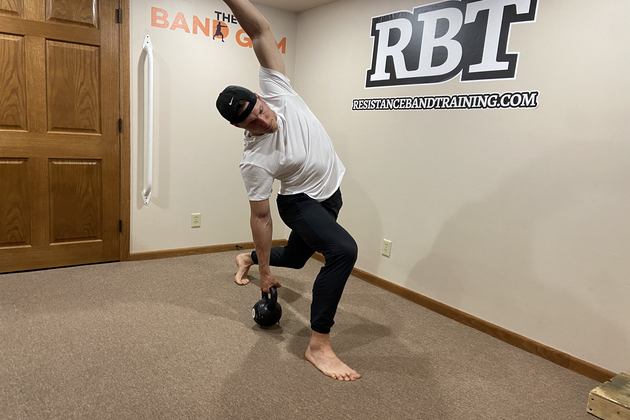
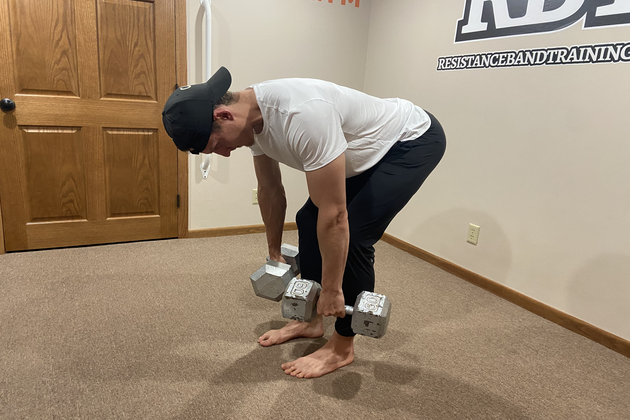
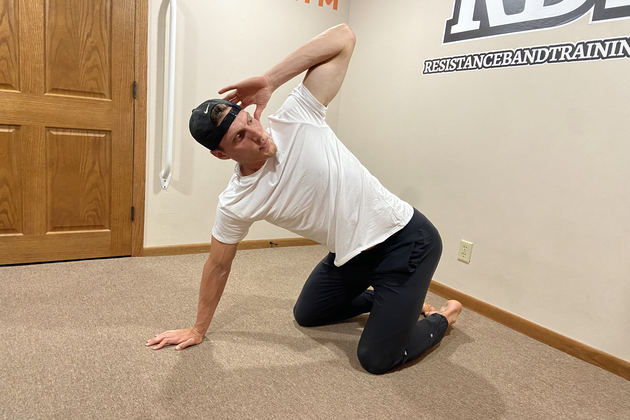
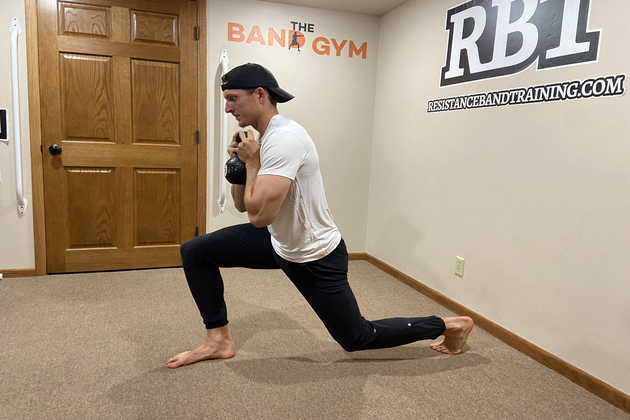
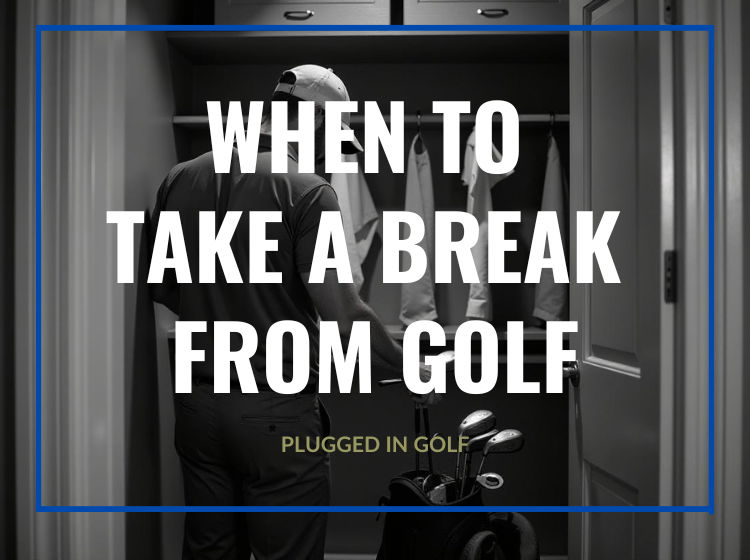
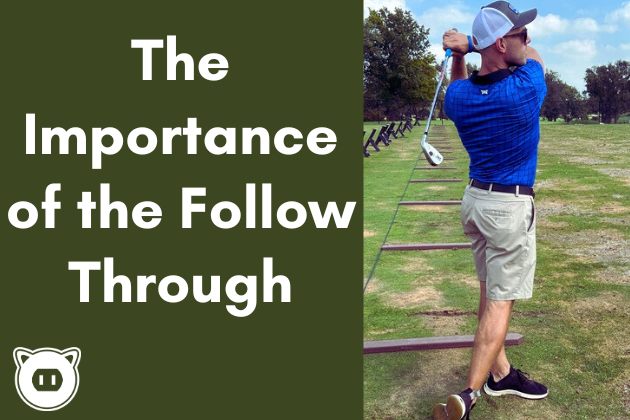
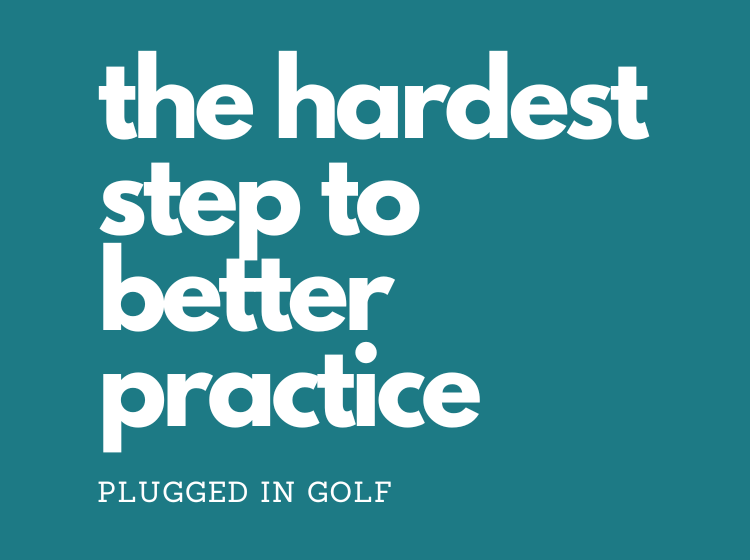









One Comment
Love this!